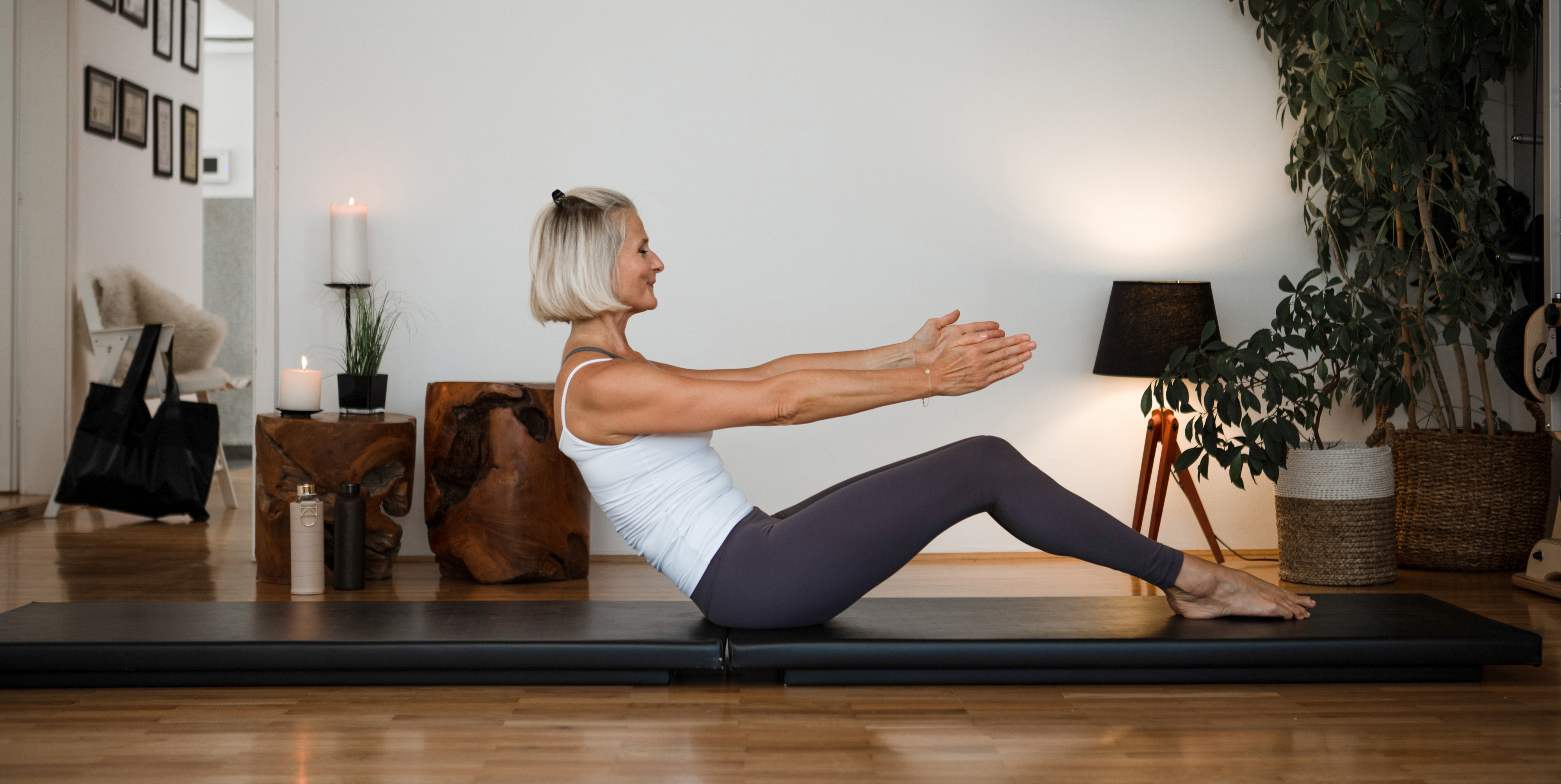The impact of physical activity on health
The impact on physical health manifests itself as:
Physical activity is any physical movement achieved through muscular action that increases energy expenditure. Regular physical activity impacts on both physical and mental health.

- increased muscle strength and muscular endurance,
- improved mobility,
- improving aerobic fitness,
- strong connective tissue (tendons, ligaments),
- lower risk of cardiovascular disease,
- lower risk of spinal problems,
- lower risk of muscle and joint damage,
- lower risk of developing osteoporosis,
- lowering of blood pressure and triglyceride and cholesterol levels in the blood,
- better protection against certain cancers (colon cancer, cancer of the reproductive organs, and breast cancer),
- lower risk of diabetes complications,
- effect on body weight management.
The impact on mental health manifests itself as:
- increased resistance to stressful situations (headaches, physical and mental fatigue, lack of energy, anxiety, nervousness, tension, irritability, communication problems, decreased productivity and quality of work),
- people who are more active rate their quality of life higher, have higher self-esteem and a better self-image,
- the incidence of signs of depression is reduced,
- active people are more optimistic, in a better mood and happier.
Recommended physical activity for health:
- To stay healthy, you need to be physically active for at least 150 minutes/week if the workout is of medium intensity (preferably 30 minutes per day) or for 75 minutes/week if the workout is of high intensity (preferably 15 minutes per day).
- To improve your health, you need to be physically active for at least 300 minutes/week if the workout is of medium intensity (preferably 60 minutes per day) or for 150 minutes/week if the workout is of high intensity (preferably 30 minutes per day).
- for people in prolonged forced positions (prolonged sitting, repetition of one-sided movements in various occupations), short preventative programmes performed every 2 hours are crucial.
- Physical activity should be diverse and varied and include aerobic exercise (running, walking in the mountains, dancing, Nordic walking…), strength exercises, mobility exercises and stabilisation exercises.
The awareness and change of movements repeated every day (carrying a purse on one side or a computer on one shoulder or in one hand, carrying loads such as babies and shopping bags on one side, using a mobile phone on one side, using stairs instead of a lift…)
Nazaj na seznam

